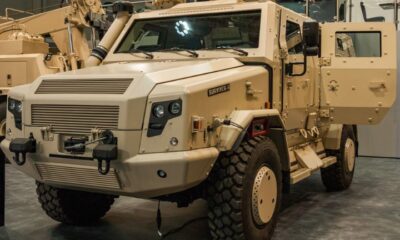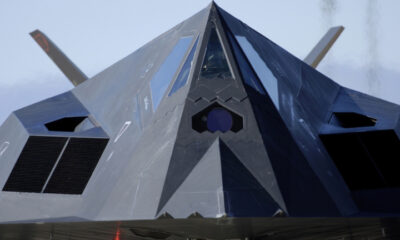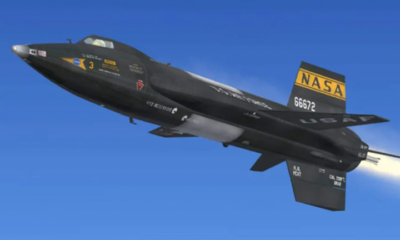MILITARY
11 Amazing Historical Facts About The Blue Angels
Published
8 months agoon
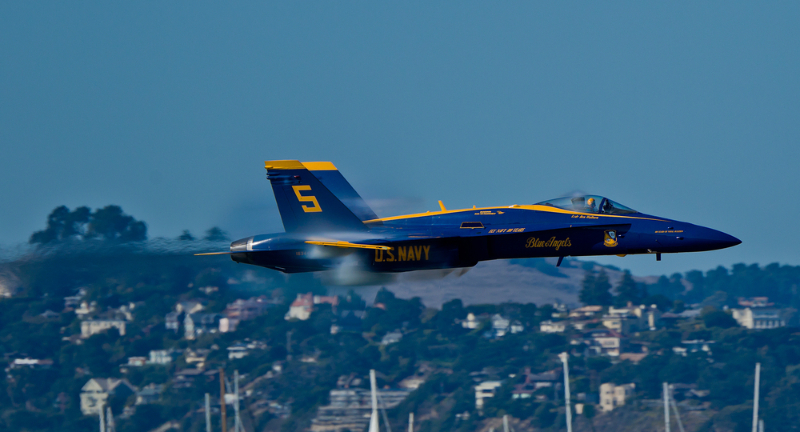
Shutterstock
The Blue Angels, officially known as the United States Navy Flight Demonstration Squadron, have been a source of fascination and pride for aviation enthusiasts and the general public alike since their inception in 1946. Formed with the vision of Admiral Chester Nimitz to boost naval aviation’s public image and morale, this elite team has evolved into a symbol of precision, discipline, and aerial artistry.
As we delve into the remarkable journey and achievements of the Blue Angels, we explore various facets of this iconic squadron, from the evolution of their aircraft and the rigorous training regimen to the unique modifications made to their jets. The facts presented here offer a comprehensive view of not only the technical prowess and innovations of the Blue Angels but also their role as ambassadors of goodwill and their impact on audiences worldwide. The Blue Angels’ story is one of continual advancement, extraordinary skill, and unwavering dedication, reflecting the core values of the U.S. Navy and Marine Corps and the rich heritage of naval aviation.
Establishment and Mission of the Blue Angels
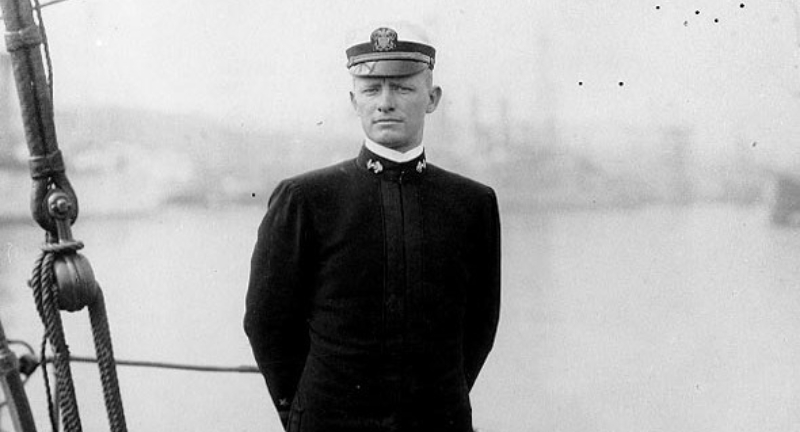
Wikipedia
In 1946, Admiral Chester Nimitz founded the Blue Angels with a vision to boost public interest in naval aviation and enhance Navy morale. This decision marked the birth of what would become a symbol of aerial excellence and precision. The Blue Angels, since their inception, have played a pivotal role in showcasing the skills and capabilities of Navy pilots, serving as a bridge between the Navy and the public. Their performances not only entertain but also inspire future generations to consider careers in naval aviation.
Evolution of Aircraft in the Blue Angels Fleet
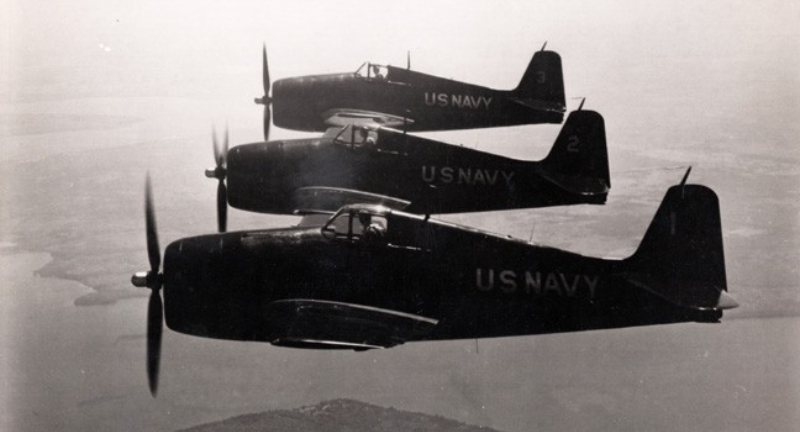
Wikipedia
The Blue Angels’ aircraft have evolved significantly since their formation. Starting with the F6 Hellcat and the F8 Bearcat in the 1940s, they have flown various aircraft, each reflecting advancements in aviation technology. In 1986, they transitioned to the F/A-18 Hornet, marking a new era in their demonstrations. The most recent upgrade came in 2021 when they began flying the more advanced F/A-18 Super Hornet, coinciding with their 75th anniversary.
Annual Show Schedule and Geographic Reach
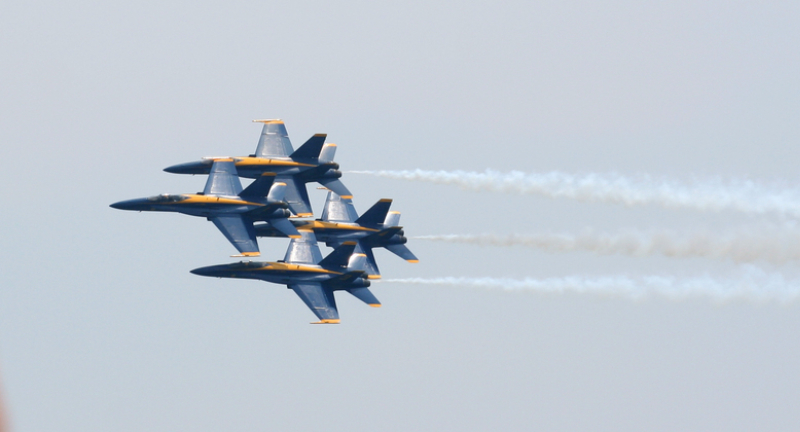
Shutterstock
The Blue Angels perform over 70 shows annually at 34 different locations throughout the United States. Their show season extends from March to November, offering a wide geographic reach. This rigorous schedule demonstrates their commitment to being ambassadors of the Navy and Marine Corps, bringing the thrill of naval aviation to millions across the country each year. These performances are not just about skillful flying but also about connecting with communities nationwide.
Precision Formation Flying
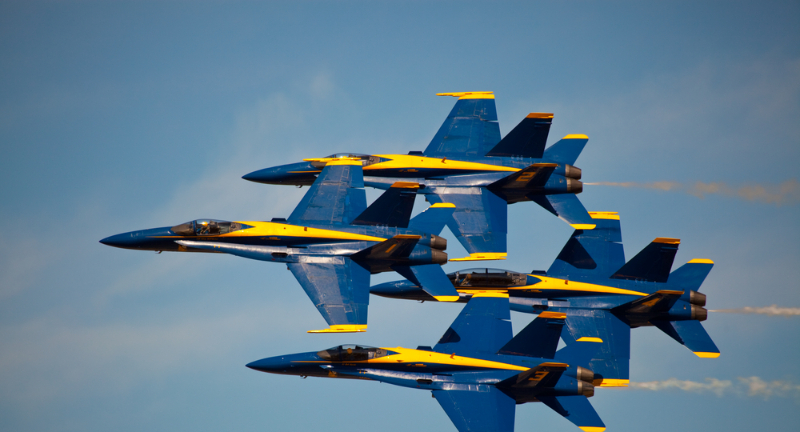
Shutterstock
One of the most awe-inspiring aspects of the Blue Angels is their precision formation flying, with some maneuvers bringing the aircraft as close as 18 inches apart. This level of precision requires intense focus, skill, and trust among the pilots. It’s a testament to their training and the exacting standards of naval aviation. These tight formations are not just visually stunning but also highlight the teamwork and discipline inherent in military aviation.
Diverse Team Composition
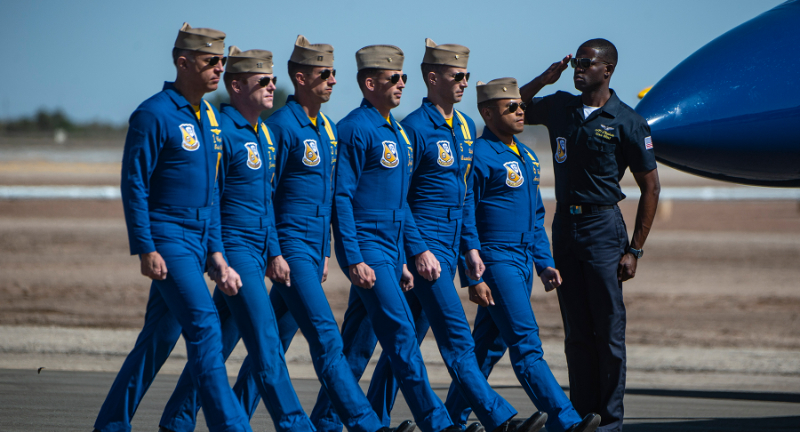
Shutterstock
The Blue Angels team comprises 138 active-duty Sailors and Marines, each bringing unique experiences and expertise from their service. The team includes not only pilots but also support and administrative staff, reflecting the diverse range of skills required to run such a complex operation. This composition underscores the collaborative effort required to execute each flawless performance.
The World’s First Official Military Aerial Demonstration Team
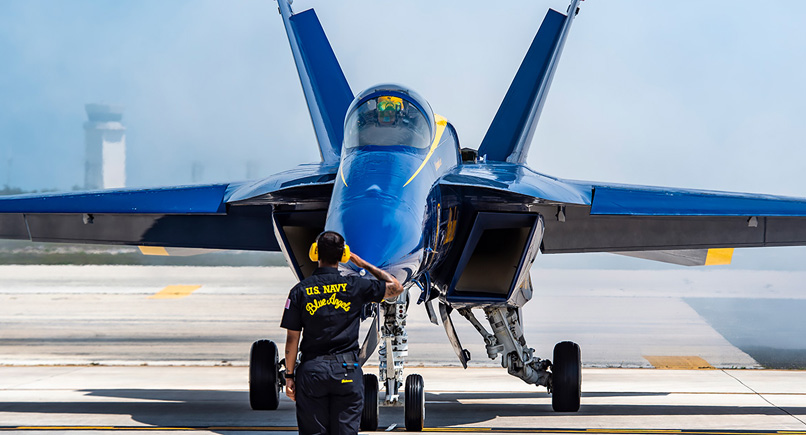
Shutterstock
Established in 1946, the Blue Angels hold the distinction of being the world’s first officially sanctioned military aerial demonstration team. This pioneering status underscores their historic role in shaping public perceptions of military aviation. Over the years, they have set the standard for aerial demonstration teams worldwide, combining skill, precision, and a flair for dramatic presentations.
Unique Aircraft Modifications
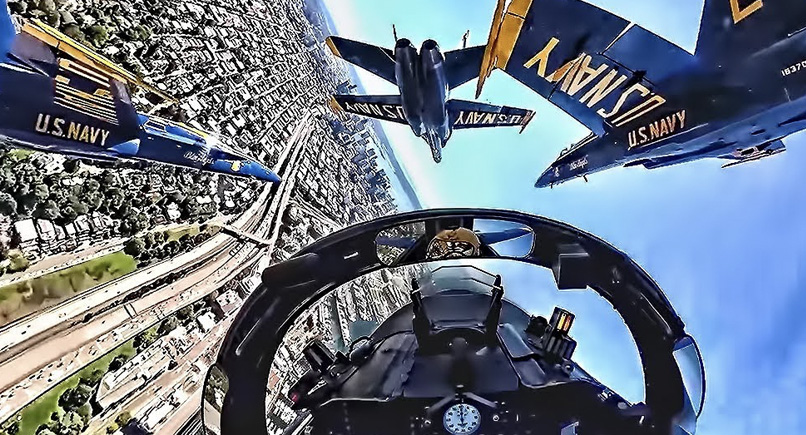
YouTube
The Blue Angels’ F/A-18 aircraft are specially modified for their unique role. These modifications include the installation of a stopwatch for precision during maneuvers and a spring system in the control stick for more precise control. These adaptations are essential for the intricate and synchronized aerobatics that the team is known for, distinguishing their jets from standard fleet models.
High Fatality Rate and Its Implications
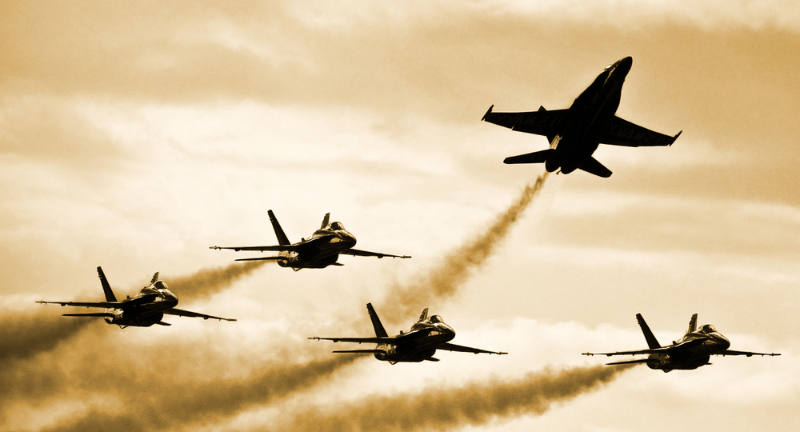
Shutterstock
The Blue Angels have experienced a high fatality rate, with over 10% of their pilots since 1946 dying in shows or practice sessions. Despite this daunting statistic, the position in the team is highly coveted, seen as one of the highest honors in military aviation. This fact highlights the inherent risks of their profession and the level of commitment and passion the pilots bring to the team.
Rigorous Training Regimen
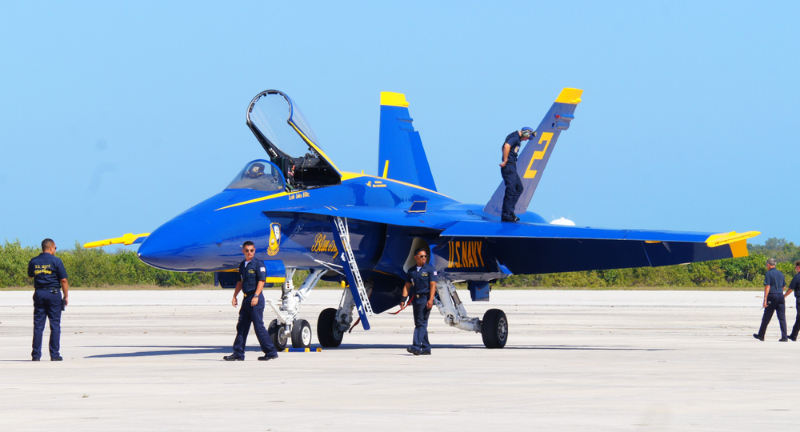
Shutterstock
To achieve their high level of performance, the Blue Angels engage in an intense training regimen. This includes two practice sessions a day, six days a week, for four months during the winter, and additional training during their show season. Such rigorous preparation is crucial for ensuring the safety and precision of their aerial maneuvers and reflects the team’s dedication to excellence.
Pilots Flying Without G-Suits
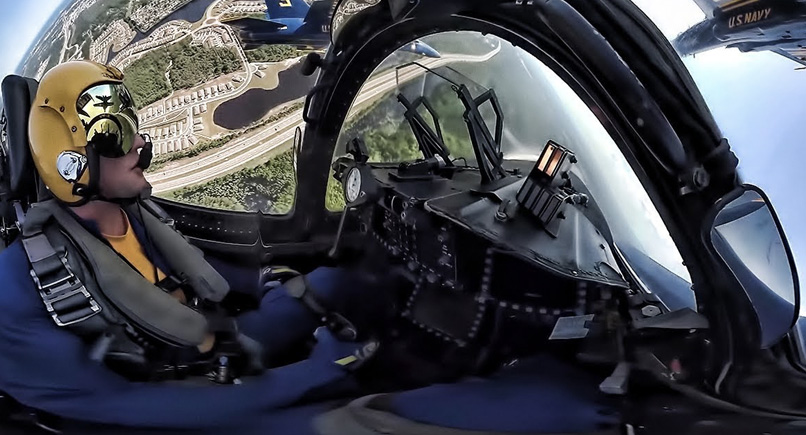
YouTube
Remarkably, Blue Angels pilots perform their high-G maneuvers without the aid of G-suits. G-suits, commonly used by pilots to prevent blackouts during high-G maneuvers, are not used by the Blue Angels because they can interfere with the fine control needed for their tight formations. Instead, pilots rely on physical conditioning and muscle contractions to cope with the intense forces, showcasing their exceptional physical and mental prowess.
Conclusion
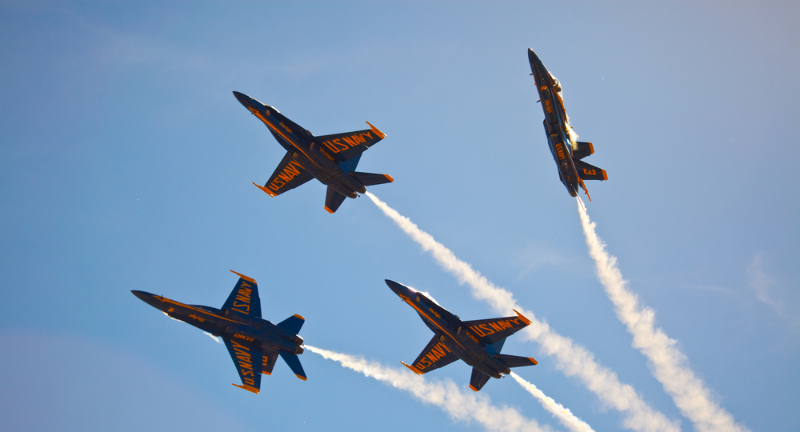
Shutterstock
the story of the Blue Angels is a testament to the spirit of innovation, excellence, and dedication that epitomizes the United States Navy and Marine Corps. Through their awe-inspiring performances, rigorous training, and steadfast commitment to precision, the Blue Angels not only entertain millions but also embody the professionalism and skill inherent in military aviation. Their role extends beyond mere aerobatic displays, serving as a bridge between the armed forces and the public, inspiring future generations, and representing the United States as ambassadors of goodwill. The journey of the Blue Angels, from propeller-driven aircraft to advanced jets, mirrors the evolution of naval aviation itself, marking them as an integral part of military heritage and a symbol of American pride and prowess in the skies.




